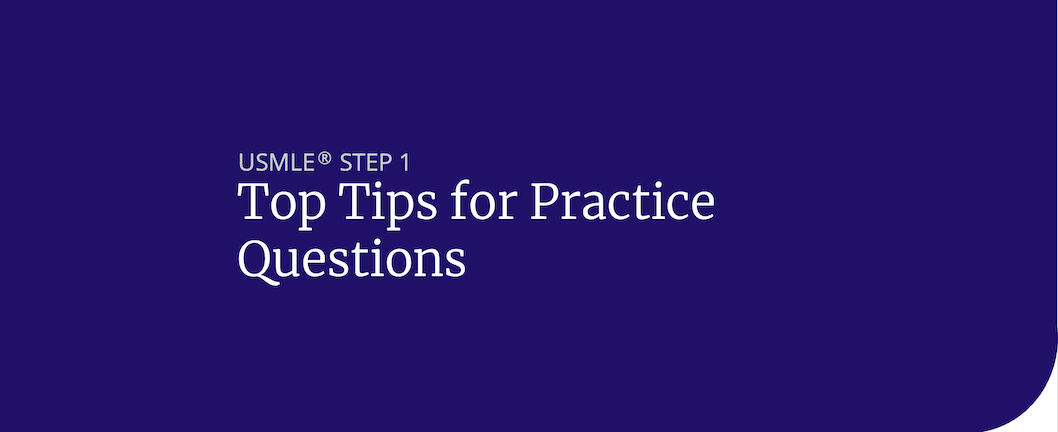USMLE Step 1 Practice Questions: Top Tips
Doing USMLE practice questions is essential in your preparation for taking a multiple-choice exam. Your goal here is to test yourself and also to learn good question-answering habits. As you do questions, examine whether you got them right, but more importantly, look at why you got the question right or wrong. Did you not know the content? Then that’s your cue that more study is needed. Did you misread the question? Then evaluate how you misread it and learn how the question writer wants you to read it. Questions are a fantastic learning resource (especially for certain types of learners), but their efficacy is diminished when students view them solely as a self-testing tool. Rather, you should initially use questions as a study resource to learn concepts. Once you have a handle on the material, you are ready to move on to using question banks as a self-testing tool.
Types of Multiple Choice Errors
| Problem Type | Source of Errors |
|---|---|
| Format problems | Particular question subtypes |
| Anxiety problems | Questions containing numbers, or done early in the review session |
| Fatigue problems | Questions done late in the review session |
| Reading errors | More common in long questions |
| Directionality errors | Questions that ask for prediction of consequences |
| Group delineation errors | Questions that present material in a unique context |
When you do your practice questions, you can start in an untimed review mode. As you progress in your studies, however, you should increasingly answer blocks of questions under a time limit similar to the actual exam (roughly 90 seconds per question). This way you will get used to the time constraint. It is one of the unchangeable realities of the USMLE.
Common USMLE Step 1 Practice Question Mistakes
Try This Question-Mastering Exercise
Cover up the options to the question and read the question stem. Pause at each period and paraphrase what you have read. When you finish reading the question, cover the question and reveal the options. Select from the options without looking back at the question stem. With practice, you will get faster, and this strategy will become a habit. This strategy forces you to get the information out of the question as you read it and does not allow you to waste time by going back and rereading. Remember, you only have time to read each question once. Learn to make your reading time as efficient as possible.




